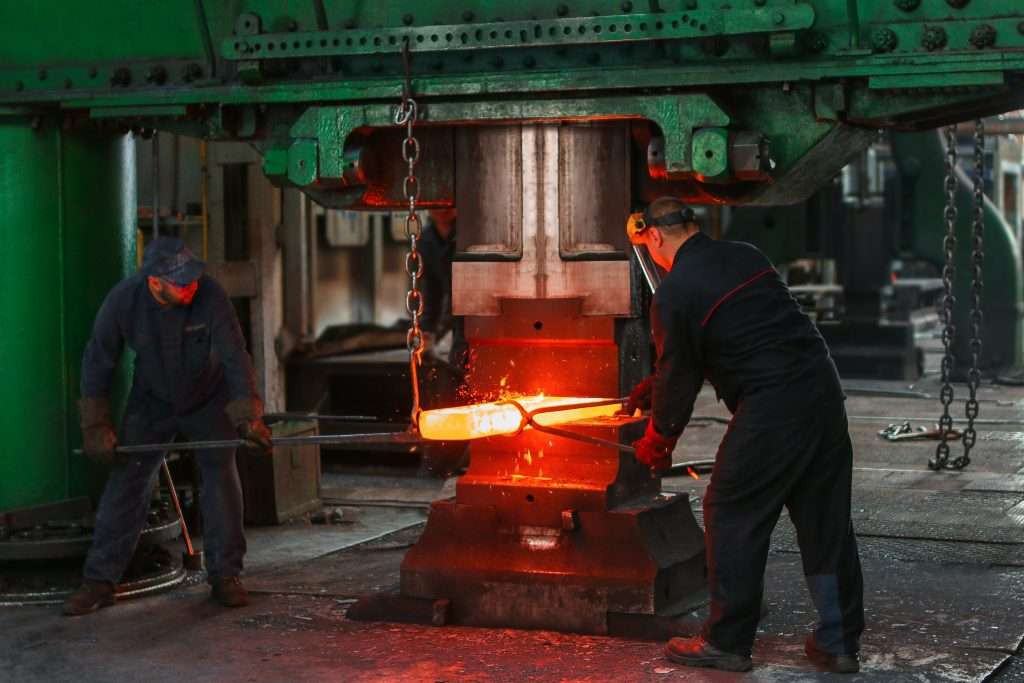The 7 pillars of lean production
In the 1950s, after the war, Japan wanted to compete with Europeans and Americans in the automobile industry.
It was then that Taïchi Ohno created the Toyota Production System, also called TPS.
He will then define three families of waste which are :
- Muda > which is a task without any added value, but accepted
- Muri > which is an excessive task, impossible to perform or unreasonable
- Mura > irregularity and fluctuations
The 7 types of waste
Overproduction
When we talk about overproduction, we are talking about the biggest form of waste, be it material, financial or in terms of overstocking.
We therefore speak of :
- Producing more than the customer needs
- Production before the order
- To produce without having an order for « provide », without being sure that it will ever be used.
In case of overproduction, the whole thing can end up in the stocks and thus take up unnecessary space, only to go in the garbage.
It is therefore important to produce only when necessary and to wait until you reach the « inventory » before starting a new production
Inventory
This is the logical consequence of overproduction, since everything that is produced in excess ends up in stocks.
It is also caused by poor planning, uncontrolled waiting times, etc.
This results in an unnecessary lack of inventory space and financial losses for the company.
Transportation & unnecessary travel
Some trips such as those that do not provide value to the customer, are useless, since they how time and resources, leads to a risk of damage to the equipment.
The fact of making « empty » trips is also useless since this route does not add value.

Unnecessary treatments
Unnecessary processing occurs when a step in the production, preparation or delivery process could be avoided.
For example, making production steps that do not add anything, having a manufacturing process that is too complex for the selling price or using two packages instead of one.
It is also not necessary to have too many control steps in the manufacturing process.
All this adds production time, and can cost the company money, and time for both the customer and the company.
Waiting
During production, time must be optimized.
Waiting is therefore a plague, it can be caused by an inactive employee during production, a slowed down machine, too long changeover times, having to send a letter in order to validate a decision etc.
Unnecessary movements
When we talk about unnecessary movement, we are talking about human movement.
Like a person who doesn’t have all the necessary equipment to work and therefore has to go back and forth unnecessarily.
A lack of ergonomics in the workplace such as the location of offices in relation to printers, production lines in relation to raw materials etc.
A bad internal computer directory is also an unnecessary move since all the information will not be available in one place and will have to be obtained through another means.
Errors, defects and rejects
Here, we are talking about defects that require a touch-up, an additional control or leading to customer satisfaction.
And therefore wasting time and money for the customer and the company
Underutilization of skills
Here, we are talking about a lack of training, a rigid and authoritarian management, a lack of motivation and recognition.
All this causes an under-utilization of employees’ skills

Thank you for reading!

